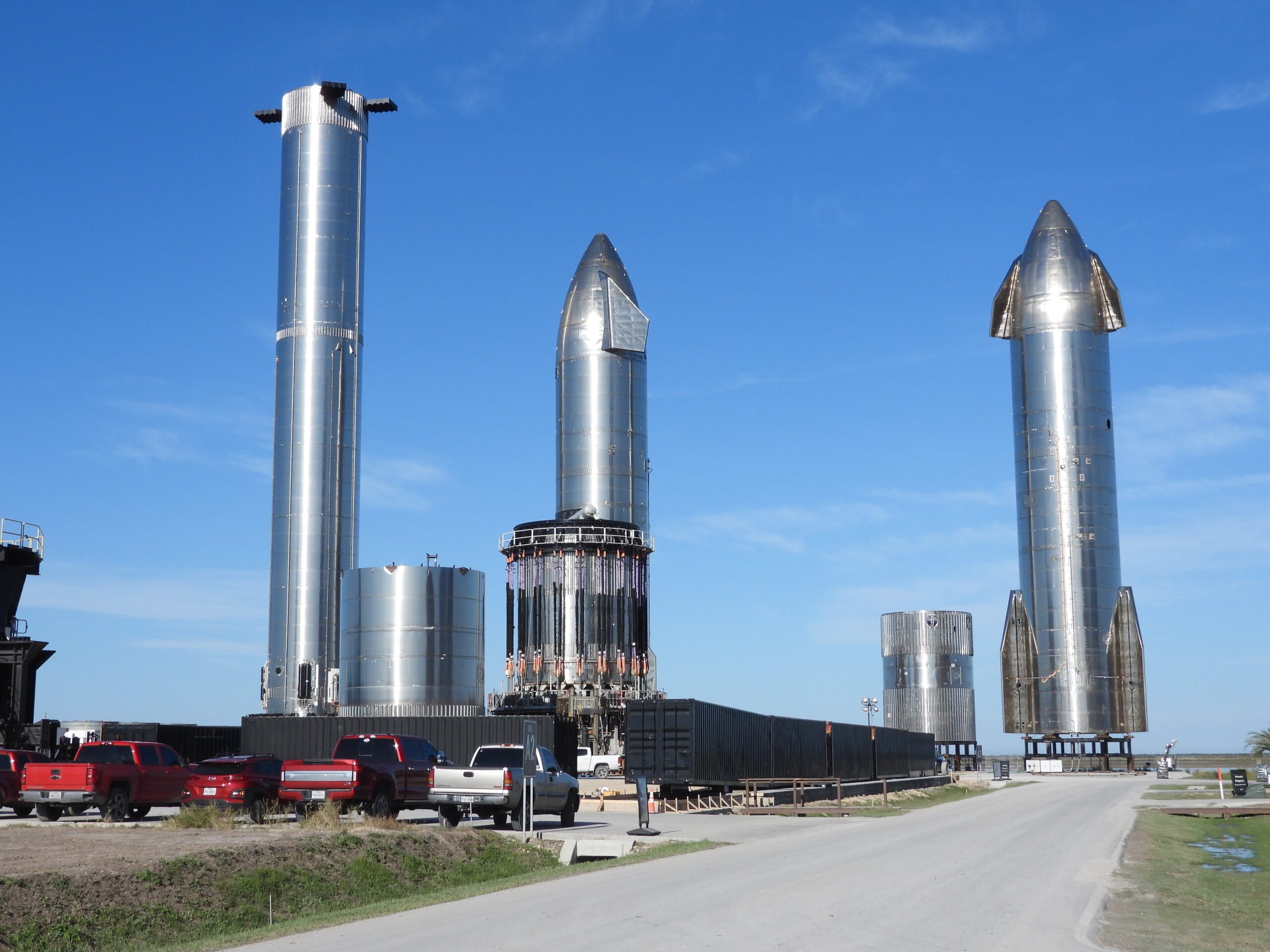Introduction:
Rocket propulsion has been a fundamental technology in human exploration of space, enabling us to reach beyond the confines of our planet and explore the vastness of the cosmos. The development of rocket propulsion technology has been a story of innovation, perseverance, and scientific advancement. In this blog post, we will explore the fascinating history of rocket propulsion, from its humble beginnings with early solid-fuel rockets to the sophisticated liquid-fuel engines that power modern space exploration missions.
Early History of Rocketry:
The history of rocketry can be traced back to ancient times, with the invention of the first rocket-like devices by the Chinese around the 9th century. These early rockets were simple devices, consisting of tubes filled with gunpowder that were ignited to produce thrust. They were used primarily as fireworks and in military applications, such as signaling and warfare.
One of the most famous early rocket pioneers was the Chinese inventor Wan Hu, who, according to legend, attempted to launch himself into space using a chair attached to 47 rockets. While Wan Hu’s experiment was likely more myth than reality, it demonstrates the early fascination with the idea of rocket-powered flight.
The Development of Solid-Fuel Rockets:
The development of solid-fuel rockets continued throughout the centuries, with various improvements made to their design and performance. One of the key advancements in solid-fuel rocket technology came in the 13th century, when the Chinese developed the “fire arrow,” a rocket-propelled arrow used in military engagements.
Solid-fuel rockets remained the primary form of rocket propulsion until the 20th century when significant advancements were made in liquid-fuel rocket technology.
The Birth of Liquid-Fuel Rockets:
The birth of modern rocketry is often credited to the work of the Russian scientist Konstantin Tsiolkovsky, who, in the early 20th century, proposed the concept of using liquid fuels, such as liquid oxygen and kerosene, in rockets. This idea marked a significant departure from the use of solid propellants and laid the foundation for the development of liquid-fuel rocket engines.
One of the key figures in the development of liquid-fuel rockets was the American engineer Robert H. Goddard, who conducted pioneering experiments with liquid-fuel rockets in the 1920s and 1930s. Goddard’s work laid the groundwork for the development of modern liquid-fuel rocket engines, which would later play a crucial role in the space race between the United States and the Soviet Union.
The Space Race and the Development of Modern Rocketry:
The space race of the 1950s and 1960s between the United States and the Soviet Union marked a period of intense innovation and advancement in rocket propulsion technology. Both countries made significant strides in the development of powerful rocket engines capable of launching spacecraft into orbit and beyond.
One of the most significant achievements of this era was the development of the Saturn V rocket, which was used by NASA to launch the Apollo missions to the moon. The Saturn V remains the most powerful rocket ever built, capable of producing over 7.5 million pounds of thrust at liftoff.
Modern Rocket Propulsion Technology:
Today, modern rocket propulsion technology continues to evolve, with advancements being made in areas such as electric propulsion, reusable rocket systems, and advanced materials. Electric propulsion, for example, uses electric power to accelerate propellant ions, providing a more efficient and environmentally friendly alternative to traditional chemical propulsion systems.
Reusable rocket systems, such as those developed by SpaceX with its Falcon 9 rocket, have also revolutionized space travel by dramatically reducing the cost of launching payloads into orbit. By landing and reusing the first stage of the rocket, SpaceX has been able to significantly lower the cost of access to space, opening up new possibilities for commercial space exploration.
Conclusion:
The history of rocket propulsion technology is a testament to human ingenuity and our desire to explore the unknown. From the early solid-fuel rockets of ancient China to the sophisticated liquid-fuel engines of today, rocketry has come a long way. As we look to the future, it is clear that rocket propulsion will continue to play a crucial role in our exploration of space, enabling us to reach ever further into the cosmos in search of new horizons.

No Responses